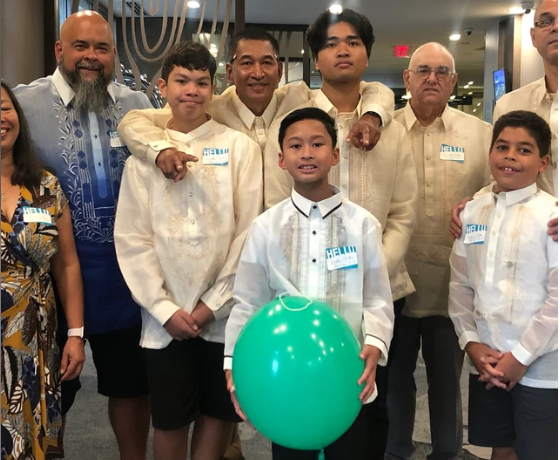The Barongs R Us Short Sleeve Barong Tagalog Collection

The Barongs R Us Short Sleeve Barong Tagalog Collection invites you to infuse a touch of casual elegance into your wardrobe, offering a refreshing take on the traditional formalwear. With a nod to comfort and versatility, this collection combines the iconic features of the Barong Tagalog with the breezy charm of short sleeves. Classic Features, Casual Comfort In this collection, the traditional straight point collar and cuff buttons take center stage, embodying the timeless charm of the Barong Tagalog. The incorporation of short sleeves adds a contemporary twist, creating a harmonious blend of classic formality and modern comfort. Full-Open Button Front for Effortless Style The Barongs R Us Short Sleeve Barong Tagalog maintains its traditional appeal with a full-open button front. This design not only preserves the iconic elements of the Barong Tagalog but also allows for easy styling, making it a versatile choice for both formal and semi-casual events. A Modern Twist on Traditi...




